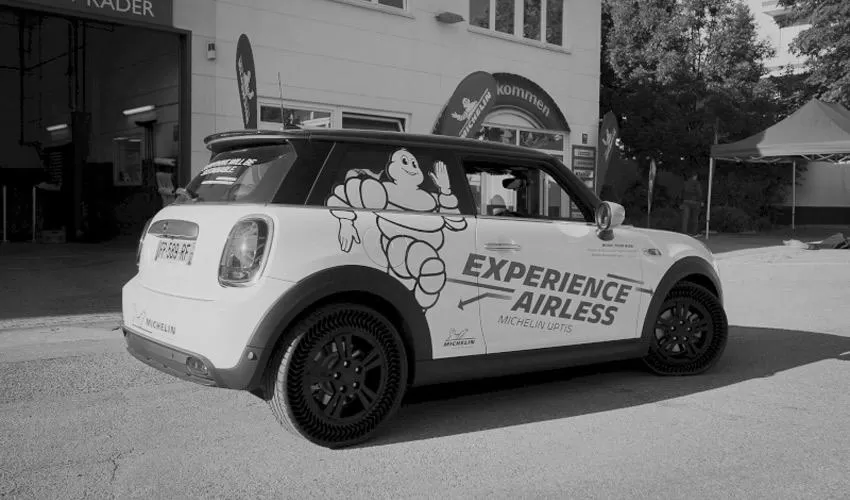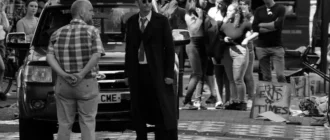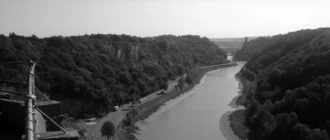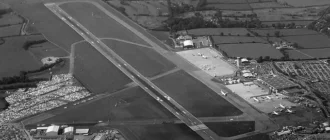In the nineteenth century, glass was a big business in Bristol, producing nearly half of the glass bottles in the world. It also tried to cash in on the growing Chinese porcelain market. Bristol chemist William Cookworthy obtained exclusive rights to a German mine that produced Cobalt Oxide. This blue pigment gives porcelain its distinctive blue decoration. Glass makers discovered that the new chemical added a delicate, rich color to their products. Soon blue glass was more popular than porcelain.
Hot air balloons
Hot air balloons are a unique form of air travel. They can be shaped into nearly any shape imaginable. Don Cameron, the founder of Cameron Balloons, began production in the basement of his Bristol house. Later, production moved to an old church and eventually to its current factory in Bedminster. Today, Cameron balloons are known the world over for their spectacular balloons. The Disney castle, giant whales, and flying foods are among their famous balloons. They also made the Breitling Orbiter the first balloon to complete an oceanic circumnavigation.
Unlike the air-filled balloons of the past, modern hot air balloons are made from synthetic fabrics, such as ripstop nylon. These materials are solid and lightweight. The material is sewn together with structural load tapes to support the weight of the balloon. The hot air balloon also has a burner or heater that resembles a flamethrower. The burner burns propane, which is a type of gas that is fueled by liquified gas.
Today, balloons are more sophisticated and technologically advanced than ever. Even though it’s technically possible to build your balloon, you must have a permit to do so and meet all regulatory requirements. However, commercially available balloons still inspire pilots and thrill passengers. They are the latest link in the long history of British balloon manufacturing.
Glass
The history of glassmaking in Bristol dates back to the late 17th and early 18th centuries. The city was well placed for the industry, thanks to its coal deposits and strategic position on the Atlantic. Bristol merchants founded most glasshouses, which provided the necessary finance, distribution, and marketing skills. These merchants were also involved in developing the distilling industry, which provided new markets for glass bottle producers.
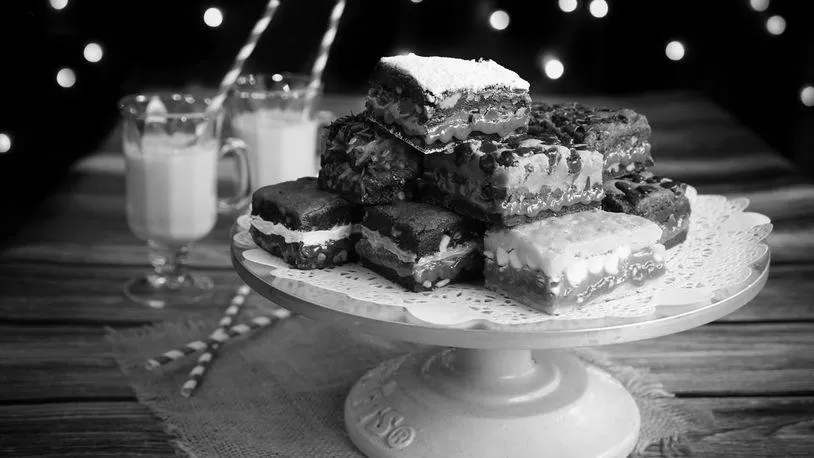
Bristol was also known for its production of colored glass. A Bristol merchant named Richard Champion developed a method of pottery using glass technology. He aimed to imitate the blue and white porcelain famous in the Far East. Meanwhile, a glassmaker named William Cookworthy was aware of a technique of cobalt oxide production in Saxony. Cookworthy bought exclusive rights to the process and brought it to England for over twenty years.
Glassmakers in Bristol are famous for producing Bristol Blue Glass. These blue glasswares were created using cobalt oxide, which was cheap and readily available. However, cobalt glass is not unique to Bristol, and other glass producers in England also had to buy cobalt oxide from Cookworthy. However, this is the most famous glassmaking tradition in Bristol.
The process of making glass has improved dramatically over the years. While a glassworker works with molten glass through a hollow pipe, the process has become more automated and machine-based. This has resulted in a significant reduction in production costs and increased the quality and possibilities of glassware.
Tobacco
Tobacco was first introduced in England in the mid-16th century, and by the 17th century, the trade had spread to other parts of the world, including the Caribbean and North America. By the 1670s, half of Bristol’s merchant vessels were involved in the trade. In 1786, Samuel Watkins, a tobacco merchant, took on a new partner, Henry Overton Wills, who had moved to Bristol from his hometown of Salisbury. The partnership soon became known as the Wills Tobacco Manufacturing Company.
The former Tobacco Factory was redeveloped into a creative community building, incorporating public spaces, a theatre, and offices for innovative businesses. The theatre opened in 1998 and has regularly held plays and performances by national and international performers. In 2007, Bristol City Council recognized the Tobacco Factory as an arts provider and awarded it funding from the Arts Council of England. In addition to performances, the theatre is also home to regular music nights.

Tobacco companies report the amount of CO2 equivalents released into the environment each year, energy and water usage, and wastewater effluent. They also say the amount of hazardous waste generated and the percentage of recycled waste. Tobacco companies also report the amount of solid waste they send to landfill.
Despite the efforts of public and environmental organizations, there still needs to be more in reporting the tobacco industry’s environmental impact. Tobacco companies selectively self-report this information, using accounting and consulting firms that have positive relationships with the tobacco industry. In addition, these firms tend to highlight the benefits of their environmental sustainability efforts while omitting the ecological costs that result from their manufacturing processes.
Wine
Since the Romans left Britain, Bristol has been a trading city. Initially, the town became wealthy by exporting enslaved people and sugar. Today, its primary industry is tobacco, and wine is a large part of its exports. Today, Bristol Cream is one of the most expensive wines imported to the United States. Its sales continue to defy the trend toward lighter and cheaper wines. While the company is wary of releasing individual sales figures, it does say that its United States sales tripled from the previous fiscal year. This year, it expects a 26 percent increase.
Bristol was first settled around the year 1000. Soon after, it became a trading center and a port. The city’s port was used to embark on several expeditions to the new world. In 1497, the famous explorer John Cabot sailed from Bristol to explore the unknown lands of North America. The city’s port was a significant source of livelihood until the nineteenth century. During World War II, it was one of the UK’s busiest transport hubs and was heavily bombed by the Nazis.
Bristol is a world-class wine-producing region. The city is also home to some of the best English winemakers. This year, English Wine Week aims to raise awareness of English winemakers and encourage consumers to buy English wines. A vineyard tour can be a great way to discover local winemakers.
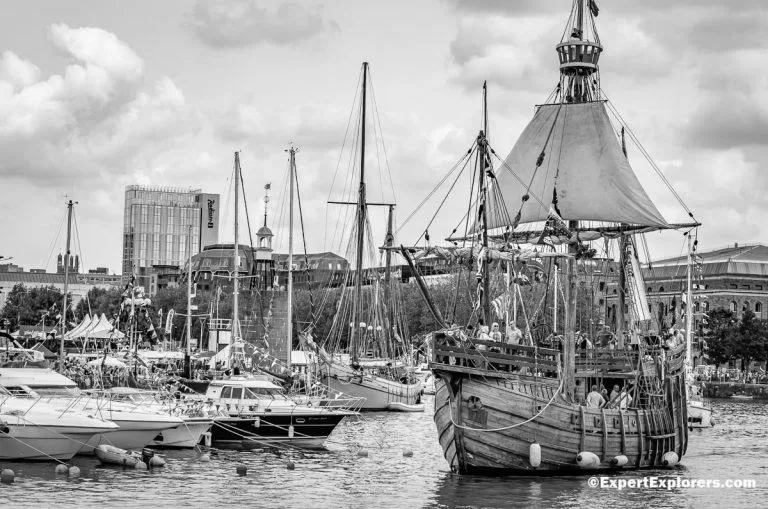
Shipbuilding
Bristol has a long shipbuilding history, and the city’s shipyards are still a significant source of employment. Some of its most famous ships were built in Bristol. The SS Great Britain was built by Brunel in Bristol and was the first iron-hulled ship to cross the Atlantic. It was launched in 1843 to carry cargo to New York, Australia, and other far-flung destinations. Brunel even built ships during the Crimean War.
The city’s docks were thousands of people’s primary employment source. Its Avonmouth Dock was created in the early 20th century, and the Royal Portbury Dock is seven miles outside the city. Although the Bristol Docks’ heyday has passed, reinvestment in the area has led to the redevelopment of the docks and the refurbishment of historic ships. The former coastal trading ship Thekla, built in Germany in 1959, now serves as a nightclub.
The city had to overcome two significant obstacles in its early days, the tidal range of the Avon and the geography of the land. These two factors made the harbor’s docks challenging to operate on. As a result, ships were made more durable to withstand the mud left behind when the tide went out. The problems caused delays and slowed the growth of the city’s trade. To overcome this problem, the Merchants of Bristol commissioned the design of the ‘Floating Harbor. This new port opened in 1809 and transformed Bristol’s shipbuilding industry.
Bristol is a historical United Kingdom city with an extensive maritime history. The city’s port was mentioned in the Anglo-Saxon Chronicle as far back as 1051. It was also an important trading city and played a significant role in the European exploration of North America. Bristol became a major shipping and manufacturing center in the sixteenth century, and the docks there enabled ships to load and unload their cargo. John Cabot, an English navigator, first set out on a trans-Atlantic voyage in 1497. This journey paved the way for the discovery of the American continent.
Aerospace
Bristol has a long history of aerospace manufacturing and development. Jupiter engines powered almost all Bristol aircraft designs. This engine was also used in many aircraft built by other manufacturers. It was the first jet engine to fly, and it helped Bristol to become a world-class aerospace manufacturer.
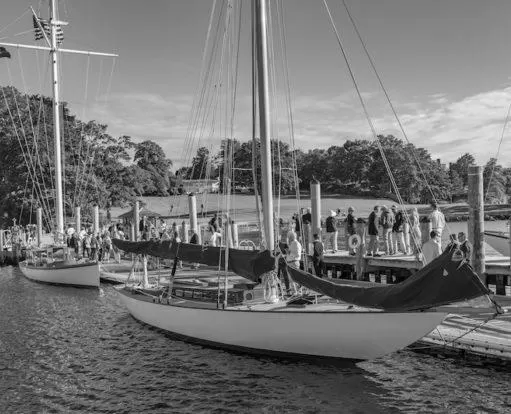
Bristol is home to several aerospace companies, including Airbus and Rolls Royce. The latter has its headquarters in the city and is a major supplier of aircraft parts. The Bristol-based GKN Aerospace employs around 1,900 people and has invested PS40m in its Western Approach and Filton plants. The Filton site houses fuel system design and testing facilities. Another aerospace company, All Metal Services, has a turnover of PS27m and manufactures raw aluminum for aircraft wing construction.
The Bristol Aero Collection Trust is establishing a museum dedicated to the city’s aviation history. It will display more than 100 years of Bristol’s aerospace heritage. The museum will include the iconic Concorde Alpha Foxtrot and a heritage collection of Bristol-designed aerospace products. It will also feature the stories of the people involved in the industry.
Bristol’s aerospace manufacturing history dates back to the beginning of World War I. During the war, the British made aircraft from various materials and designs. The Bristol F2 fighter was a notable example. It won several awards, including the coveted ‘Spitfire’ of the First World War. In 1920, Bristol formed a subsidiary called the Bristol Aero Engine Company, which was more successful than the parent company. It went on to dominate the market for air-cooled radial engines.
